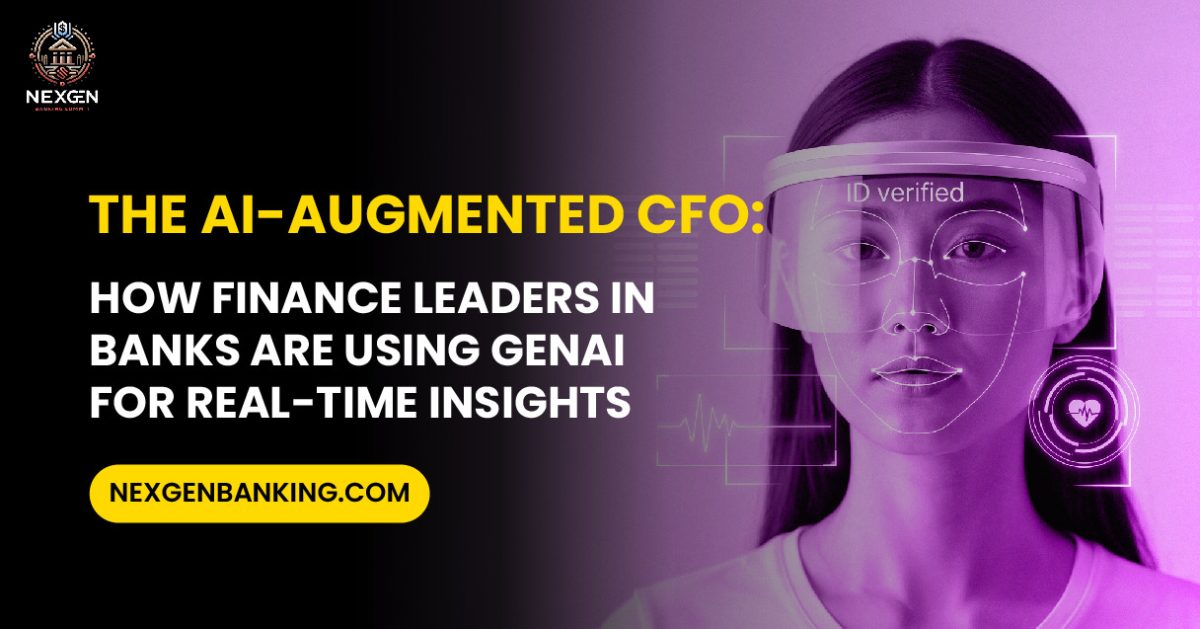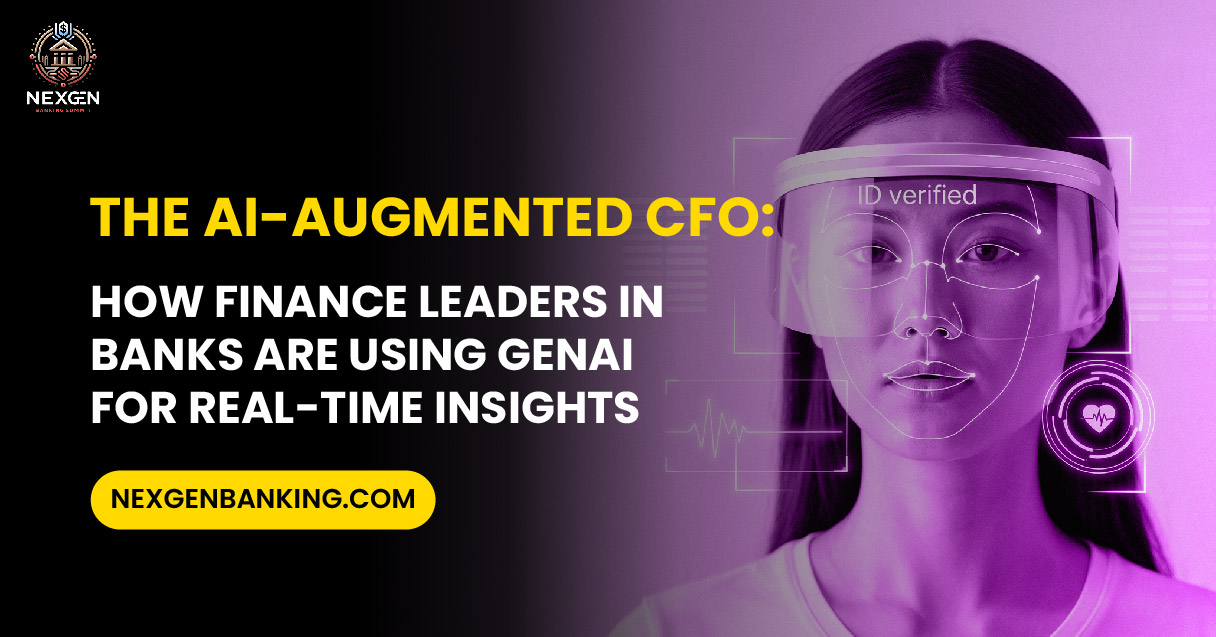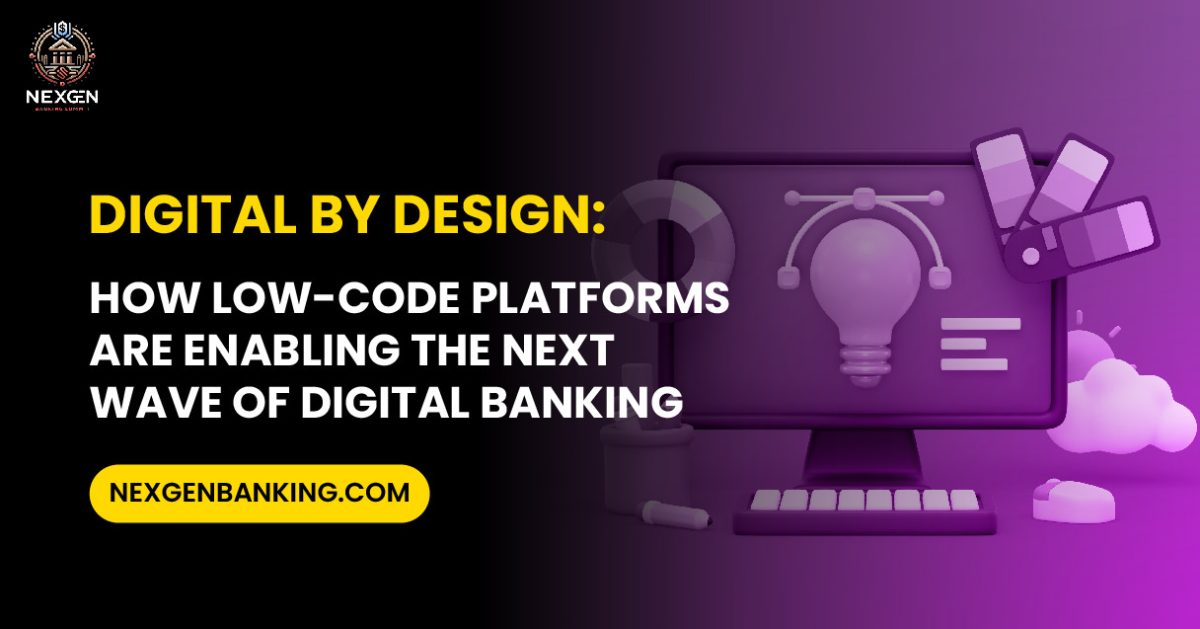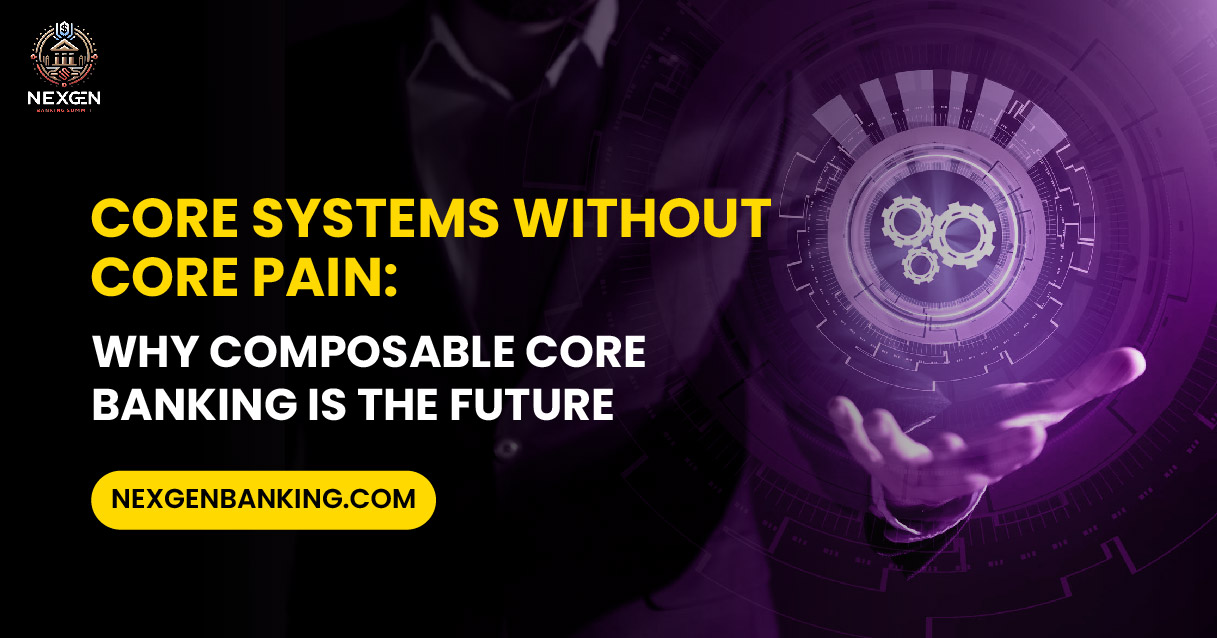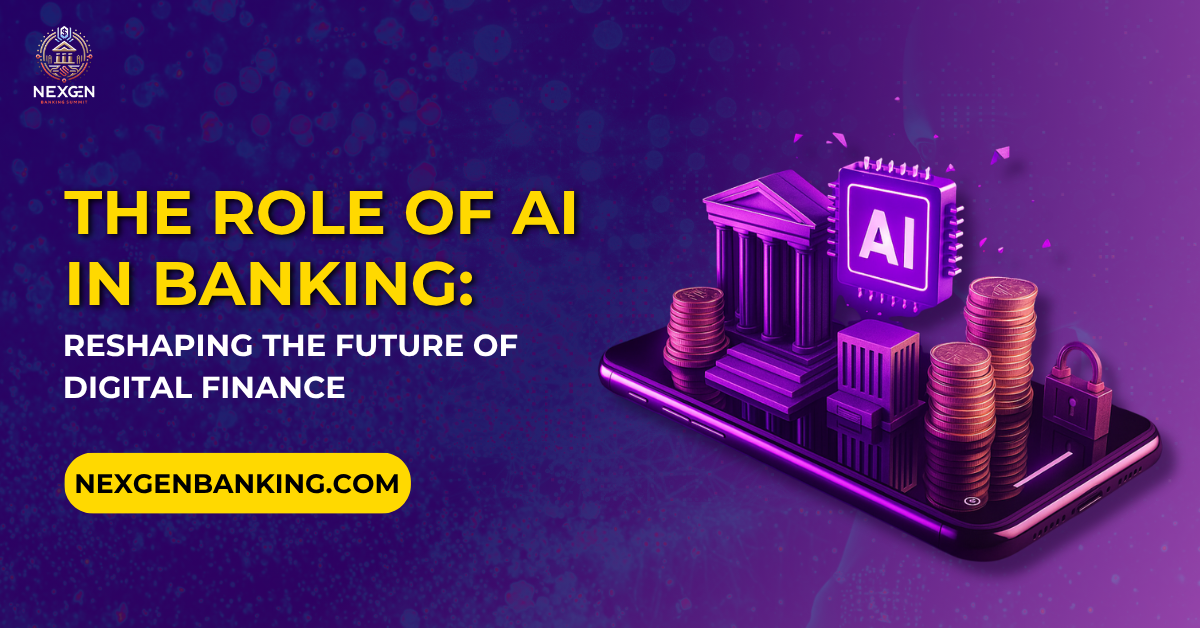
The Role of AI in Banking: Reshaping the Future of Digital Finance
Artificial intelligence has swiftly evolved from a theoretical concept to a pervasive, practical reality that is revolutionizing industries across the globe. No industry describes this transformation more vividly than the financial sector, which is being driven by AI to innovate, secure, and enhance customer experience like never before. The AI event in banking 2025, which will take place in the UK, promises to be one of the most important events of the year for banks, fintechs, regulators, and investors.
This AI event in banking 2025 will be a hub of discussion and knowledge sharing, with banking industry leaders engaging in the question of how AI is remapping the face of banking. From open banking architecture to risk management systems, the conference will redefine the management of financial services in an increasingly digital-first economy.
The Role of AI in Modern Banking
AI has already demonstrated its value across major banking domains, including fraud identification, customer service, lending, and process automation. Banks and fintechs are investing heavily in AI-driven solutions to drive operational efficiencies and offer more customized service to customers.
The digital banking event in Europe will shine a spotlight on real-world use cases where AI has already achieved measurable results. Case studies will detail how predictive analytics boosts lending precision, how chatbots reduce support costs, and how machine learning models ward off money laundering. These facts will enable financial leaders to understand not just the theory but also the reality of AI in banking.
Spotlight on Open Banking
Open banking is also revolutionizing the world of finance by making it possible for third parties to securely access bank information, pending customer agreement. With that, it fosters innovation, openness, and competitiveness within the sector.
The open banking event at the 2025 AI banking conference will be focused on how AI enhances this environment. For instance, intelligent algorithms can transform customers into more prudent spenders, optimize cost savings, or suggest customized financial solutions. In addition, AI can help securely share and manage data as well as comply with strict laws.
Digital Banking in a Global Economy
Money no longer resides in borders, and the arrival of fintech has injected global competition into physical banks.
The digital banking conference will examine the role of cloud-based technology and AI-driven mobile banking applications in extending financial services to previously under-banked markets. By making services more accessible, this increases customer bases and strengthens world financial stability.
Another central area of interest will be cross-border payments and how AI can derisk transactions, hold down fraud risks, and increase transparency in an increasingly interconnected economy.
Artificial intelligence isn’t just a buzzword in the world of retail banking anymore—it’s transforming everything from how banks connect with their customers to how they keep money safe and sound.
Predictive Analytics & Personalization
Imagine your bank knows when you’re about to hit a cash crunch or when you might be ready for a new savings plan, all before you’ve even asked. AI does just that by learning from your spending habits and predicting what you might need next. Banks use these insights to prevent customers from leaving and to offer tailored recommendations—like nudging you to transfer funds before rent is due, or suggesting just the right loan at the ideal time.
Smarter Customer Service, 24/7
Bank helplines are notorious for long wait times, but with AI chatbots and virtual assistants, help is now instant and always available. These bots don’t just answer simple questions—they can guide you through transactions, respond with personalized advice, and make banking accessible around the clock. With every interaction, banks get better at understanding customer needs and delivering service that feels genuinely helpful.
Fraud Detection & Prevention
Security is everything in banking. AI sits at the digital gate, constantly watching for any strange or suspicious activities in your account. When a transaction looks out of the ordinary, AI flags it immediately, helping banks step in before any damage is done. These systems constantly learn from the latest fraud techniques, making security smarter with each passing day.
Fairer Credit Scoring & Faster Loan Approvals
Traditional credit checks could leave out lots of people—like gig workers or young borrowers—who don’t have a long financial track record. AI changes the game by analyzing a richer set of data, from spending patterns to even payment histories for rent and utilities. This means more people have a chance to access loans, and decisions are made faster and more fairly.
Process Automation and Operational Efficiency
Every bank juggles tons of paperwork and repetitive back-office tasks. AI swoops in to handle chores like document verification and compliance checks, reducing human error and getting things done in record time. As a result, banking staff can focus on helping customers instead of drowning in forms.
Dispute and Chargeback Management
Nobody likes waiting weeks for a transaction dispute to be resolved. AI pulls together all the necessary evidence quickly and applies the right rules, making dispute handling much faster and more precise. Customers see problems solved sooner, and banks save time and resources.
Seamless Customer Onboarding
Opening a new bank account used to mean endless paperwork—but not anymore. AI guides new customers as they fill out forms, quickly verifies identity documents, and even uses facial recognition tools to keep things secure. The whole process is much smoother and safer for both the bank and the customer.
Regulatory Compliance Made Easy
Staying on top of financial regulations can be daunting for banks. AI leverages technologies like Natural Language Processing and OCR to read documents, check details, and ensure everything is up to code. Compliance becomes faster and more accurate, so banks can avoid headaches and keep regulators happy.
Why Attend the AI Event in Banking 2025?
For financial institutions and banks, attending this AI event is not just about staying up-to-date; it’s about gaining a strategic advantage. Listening firsthand from global leaders, attendees will receive best practices, explore emerging technologies, and forge relationships that could decide their next level of growth.
For fintech companies, the AI event will be a stage upon which they can showcase innovative AI solutions with the potential to disrupt the market. At the same time, policymakers and regulators will better understand how innovation meets consumer protection and market stability.
Above all, this moment of digital banking in Europe emphasizes collaboration. The more complex the world of finance gets, the harder it becomes for any individual player to succeed on their own. Banks, fintechs, regulators, and technology firms must work hand-in-hand with one another to create secure, innovative, customer-focused banking ecosystems.
Looking Ahead
The AI event is a turning point for the banking industry. AI-led, efficiency-driven, and risk-enhanced identification and transformed customer experience will make the future of banking smarter, more responsive, and more inclusive.
Combining the power of open banking, digital platforms, and cutting-edge AI technologies, financial services are not only prepared to meet the demands of the future but are actually producing them. The attendees at this momentous occasion will be departing with the actionable intelligence and connections that they will base their strategies for the next several years on.
As the date for the event approaches, rest assured: AI is no longer a nice-to-have in banking—it is a necessity.
1. How does AI help banks understand customer behavior better?
AI analyzes patterns in spending, saving, and interactions to give banks deeper insights into individual customer needs, allowing them to offer timely, relevant financial products and advice.
2. Can AI reduce the paperwork involved in banking processes?
Yes, AI automates document verification and compliance tasks, drastically cutting down the tedious paperwork and speeding up processes like loan approvals and account openings.
3. Will AI replace human bankers entirely?
Not entirely. AI handles routine and data-heavy tasks, freeing up bankers to focus on complex problem-solving and personalized customer relationships where human judgment is essential.



